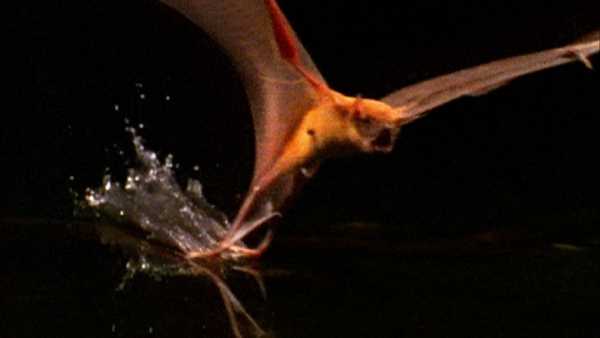Despite their dirty habits, many animals play an important role in maintaining healthy ecosystems. However, humans cannot help but find certain creatures too repulsive to appreciate their contributions.
Table of Contents
The dung beetle, for example, is notorious for its love of faeces, while vultures, hedgehogs, seagulls, and hippos all have their own unsavoury habits.
Yet, some animals are hiding their dirty secrets in plain sight. We may think of them as harmless, but they carry bacteria and diseases that can be harmful to humans. Let’s face our dirty friends and learn more about their unpleasant behaviours.
List of 9 Dirtiest Animals in the World
Bats
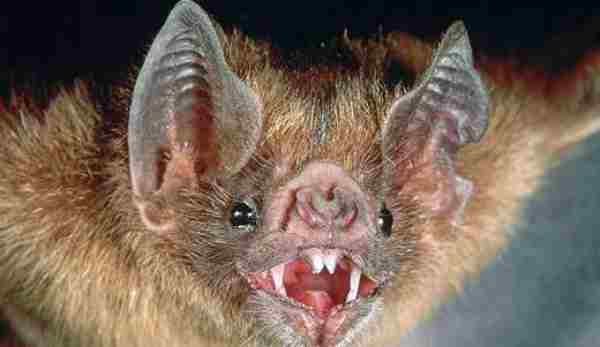
Bats have a reputation for being ugly and bloodthirsty, and unfortunately, it’s not entirely unwarranted. These creatures are home to a laundry list of pathogens, and some species, such as the vampire bat, carry even more parasites than regular bats.
Handling a bat is a big no-no, as it can result in serious illnesses like Ebola and rabies. Even their faeces are dangerous, with the potential to release harmful pathogens that can pose a threat to anyone with a weakened immune system.
It’s a vicious circle of filth that makes it easy to see why these animals are so reviled, but it’s important to remember that they play an important role in our ecosystem and are not to be feared if left alone.
Vultures
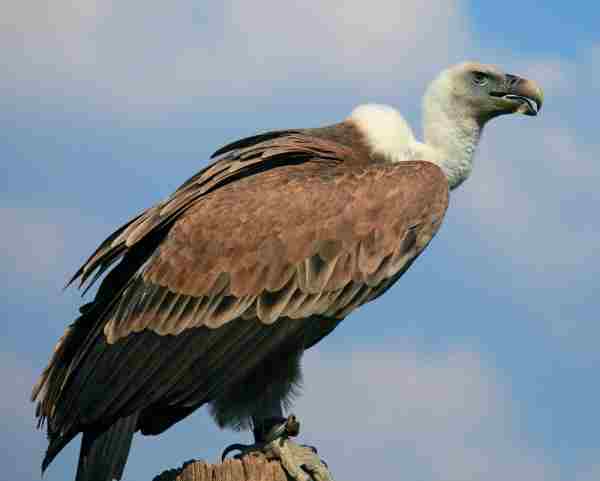
Vultures are essential to any ecosystem. With over 22 species of these carrion-eating birds, their bare heads serve as a vital tool in their foraging process. These scavengers dig their heads deep inside rotting carcasses to scavenge every last morsel.
It’s not a pretty sight, but it’s a necessary job. Without vultures, dead animals would pile up, attracting other scavengers and spreading diseases. These birds may appear clean when perched in trees, but their secret habit is less glamorous.
To cool off, vultures urinate all over themselves, a technique that’s both effective and a little gross. Despite their peculiar habits, these hardworking creatures play a critical role in maintaining a healthy ecosystem.
Striped Polecats

The striped polecat, also known as the African skunk, is notorious for the potent spray that it will use when it feels threatened by a predator. This small, skunk-like creature is a member of the weasel family and is often found in African habitats. Its dirty secret lies in the foul-smelling secretion it sprays from its anal glands, and the stench is so potent that it can be detected from half a mile away!
When faced with danger, the striped polecat will fluff up its tail to appear more threatening before turning around and unleashing its disgusting spray. Trust us; you do not want to be on the receiving end of this spray.
Koala Bears
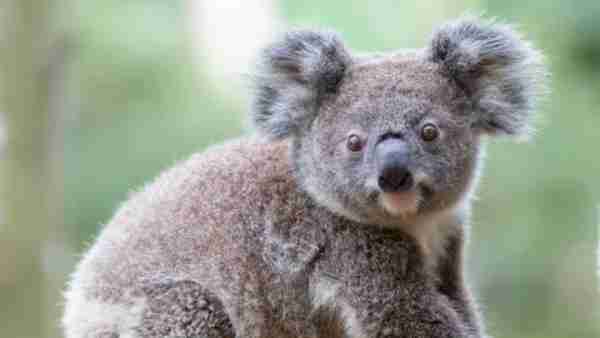
The adorable koala bear has a dirty secret that might make you rethink its cuddly appearance. As strange as it may sound, the mother koala feeds her babies’ faeces to give them a boost to their immune systems. But the unpleasantness doesn’t end there.
A surprising percentage of koalas suffer from a sexually transmitted disease called chlamydia, which can cause severe side effects like bladder infections, blindness, and even death. Thankfully, researchers are tirelessly working to find an antibiotic that won’t bring on these terrible symptoms.
The koala may look like a cute teddy bear, but behind the fuzzy exterior hides a fascinating and rather gross world.
Seagulls
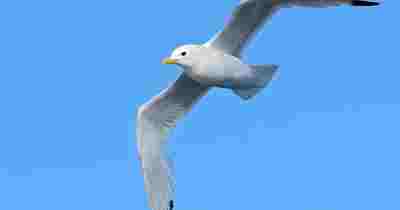
As seagulls gracefully glide along the sea breeze, it’s easy to be mesmerized by their effortless movements. However, what many may not realize is that these birds have a not-so-glamorous nickname: “rats of the sky.”
This is because seagulls are notorious for their disgusting elimination processes. Shockingly, almost 90 per cent of seagull faeces contain Enterococcus, a bacterium that can cause infections that are difficult to cure. Their unruly droppings contaminate our food and water sources, causing serious health risks to humans.
To make matters worse, their faeces can cause internal fungal infections when inhaled, which is even more alarming. It’s no wonder why seagulls are considered the enemy of humans.
Giraffes
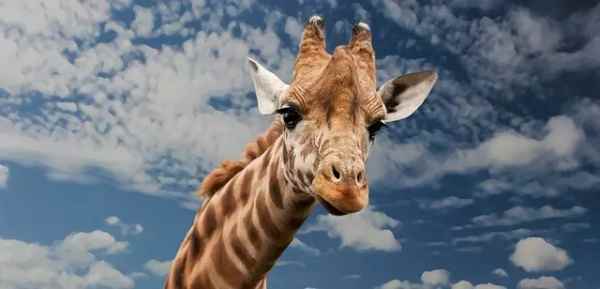
The giraffe, a beloved creature known for its towering height and gentle demeanour, has a secret – and it’s not for the faint of heart. While we may admire its impressive ability to reach high up into trees with its powerful tongue, this long-necked animal also uses its tongue for some rather unsavoury activities.
As it turns out, giraffes are known for using their long tongues to give their noses a thorough cleaning, just like a child picking its nose and eating its snot. These gentle giants even use their tongues to clean out their ears!
Hippos
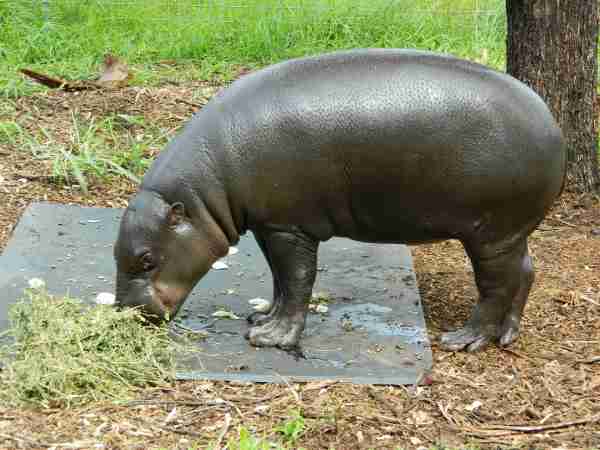
The hippopotamus may be a fearsome creature, but it’s not only its power and aggression that makes it a dangerous animal to encounter. They are also incredibly territorial, especially if there is a baby hippo nearby.
To add to their unsavoury reputation, hippos are notorious for their filthy habits. They mark their territory by urinating and defecating all over the place, but that’s not the worst part.
Hippos use their tails to fling the gunk around, coating anyone or anything in the vicinity. It’s dirty behaviour that has earned them a place on the list of the dirtiest animals in the world.
Hedgehogs
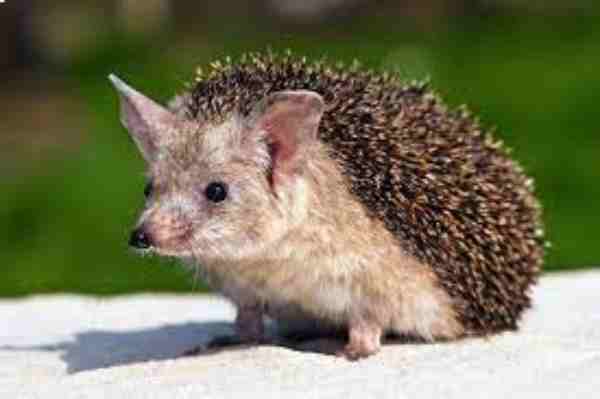
Hedgehogs are adorable little creatures, with quills and tiny snouts. However, one thing potential owners should be aware of is their propensity for pooping. While it may seem like they never stop, it’s important to remember that this is a completely normal bodily function for all animals, including humans.
But if you do decide to make a hedgehog your pet, be prepared for their poop to be everywhere – on their legs, in their bedding, and scattered throughout their habitat. The smell can be unpleasant, but it’s just part of their natural behaviour.
Flies

Flies are undoubtedly one of the most annoying creatures that humans and animals have to deal with. These filthy insects have the nasty habit of vomiting up their digestive juices on our food before sucking it back up for themselves.
And, to make matters worse, they often sit on animal faeces and sores before landing on our food. It’s no wonder that flies should be at the top of the list of the world’s dirtiest animals. If they aren’t spreading their germs on our food, they’re buzzing around and annoying us and our furry friends.
FAQs
Which animal is dirtiest?
Pelican.
What’s the dirtiest animal to eat?
For years, pork was the protein that many health enthusiasts and nutritionists would avoid. They believed that it was the dirtiest meat, with too much fat and cholesterol that could lead to disease. But recently, chicken has taken top place as the most toxic meat.
What are the top Filthiest animals?
Dung beetles may not be the prettiest creatures in the animal kingdom, but they certainly are fascinating. These beetles are true masters of their craft, spending their entire adult lives to scour the earth for one thing: fresh poop. With their keen sense of smell, dung beetles can locate a steaming pile of faeces from miles away, and then fly straight to the source to claim it as their own.
What is the 1 cleanest animal in the world?
Contrary to popular belief, pigs are actually incredibly clean animals. Although they do enjoy a good mud bath to regulate their body temperature, they are extremely particular about their living and eating areas.
What animal cleans up?
Scavengers like birds and other animals are often considered pesky creatures that loiter around garbage cans and dead animal remains. However, these misunderstood creatures play a crucial role in our environment. Not only do they clean up after us by eating garbage and dead animals, but they also remove the harmful bacteria that can cause diseases.
Final Words
The animal kingdom is truly remarkable, with its diverse array of species and unique adaptations that allow them to thrive in its natural habitats. However, it’s important to acknowledge that there is also a darker, dirtier side to some of these creatures.
But what’s truly perplexing is that humans, who are supposedly superior and intelligent beings, often exceed even the filthiest animals in our environmental impact.
Despite education and technological advancements, we remain the biggest polluters on the planet. It’s astonishing to see that many of the same disgusting acts we attribute to the animal kingdom are also carried out by our own species.
Reference:
- https://mdc.mo.gov/blogs/discover-nature-notes/natures-cleanup-crew
- https://kids.nationalgeographic.com/animals/mammals/facts/pig
- https://www.healthline.com/nutrition/is-pork-bad

Rahul M Suresh
Visiting the Zoo can be an exciting and educational experience for all involved. As a guide, I have the privilege of helping students and visitors alike to appreciate these animals in their natural habitat as well as introducing them to the various aspects of zoo life. I provide detailed information about the individual animals and their habitats, giving visitors an opportunity to understand each one more fully and appreciate them in a more intimate way.

